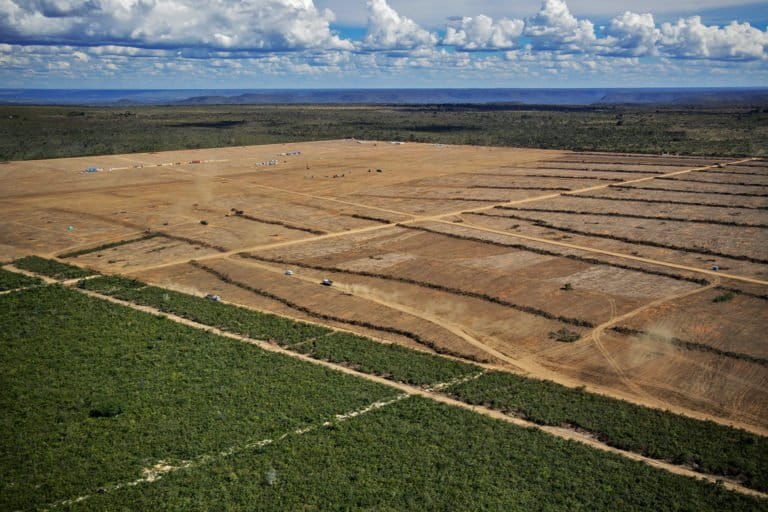Ants first farmed well before humans
Ants first farmed well before humans
mongabay.com
March 24, 2008
Ants began farming some 50 million years ago, far before the first humans developed agriculture, reports a new study based on DNA analysis of the “evolutionary tree” of fungus-growing ants.
The research, published in the Proceedings of the National Academy of Sciences, traces the evolution of “farming” ants to a single ancestor some 50 million years ago. The authors also determined that four different specialized agricultural systems have emerged in the past 25 million years.
“Agriculture is very rare in the animal world,” said Ted Schultz, an entomologist at the Smithsonian Institution’s National Museum of Natural History and lead author of the paper. “We only know of four animal groups that have discovered agriculture: ants, termites, bark beetles and humans. By studying certain fungus-growing ants, which our study indicates are almost like ‘living fossils,’ we might be able to better understand steps involved in the evolution of ant agriculture.”
 This photo shows the head of the defensive soldier caste of the leaf-cutting ant Atta laevigata, which lives in the savannahs of northern and central South America. The mature nests of Atta laevigata are huge, containing many millions of worker ants that forage across many acres of land. A colony of Atta laevigata can live for 20 years and weigh as much and consume as much grass as an adult cow. Credit: Photo by Eugenia Okonski/Smithsonian Institution |
Leaf-cutter ants are the best known fungus-farming ant species. Leaf-cutters do not eat leaves. Leaves are taken into a chamber some 15-20 feet (4.5-6 m) underground where they are cut and chewed into a leaf paste. This leaf paste provides sustenance for a certain type of fungus which is eaten by ants.
Schultz and co-author Seán Brady found that each of the four specialized agricultural systems to emerge among ants over the past 25 million year ago has its own unique set of cultivated fungi.
“Approximately 20 million years ago one group of fungus-growing ants discovered ‘higher agriculture’, meaning they cultivated their fungi to produce specialized ‘fruits’ that the ants would harvest and eat for food. Leaf-cutter ants, which belong to this group, originated recently—less than 10 million years ago,” explained a statement from the Smithsonian.
The research also found that certain fungus-growing ant species presently living in South America are “missing links” in the evolution of farming ants.
“Major evolutionary transitions in ant agriculture,” by Ted R. Schultz and Seán G. Brady. Proceedings of the National Academy of Sciences for the week of March 24, 2008.














